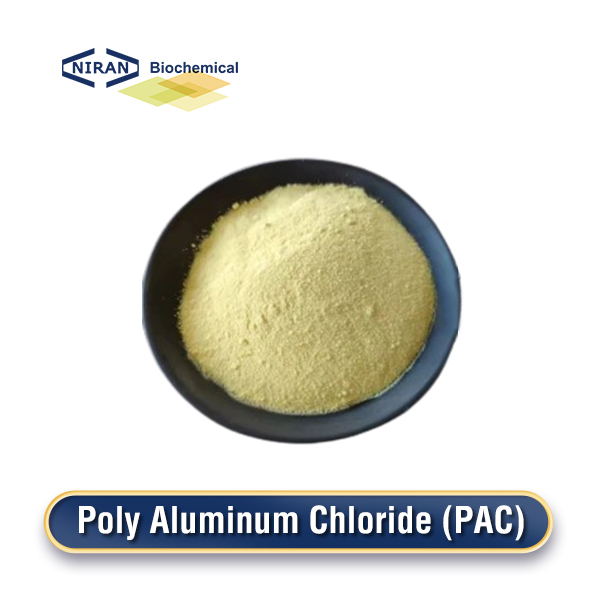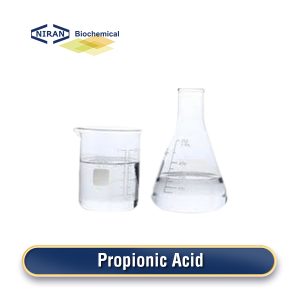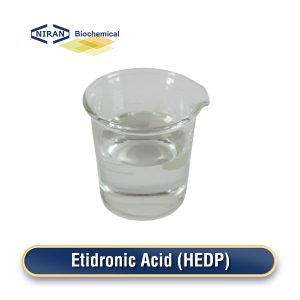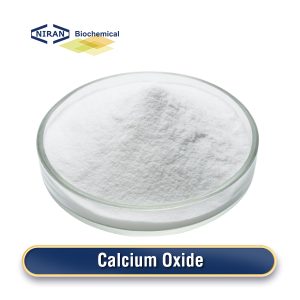Poly Aluminum Chloride (PAC)
- CAS Number: 1327-41-9
- Chemical Formula: [Al2(OH)nCl6-n]m
- MOQ: 1000KG
- Shelf Life: 2 years
- Types: Powder
- Synonyms: Polyaluminum Chloride, Aluminum Chlorohydrate, Poly-Aluminium Chloride
Product Description
What Is Poly Aluminum Chloride?
Poly Aluminum Chloride (PAC) is a water-soluble inorganic polymer widely used as a coagulant in water and wastewater treatment. It helps remove suspended particles, impurities, and contaminants by promoting flocculation and settling. PAC is often preferred over traditional alum due to its higher efficiency, lower dosage requirements, and less sludge generation.
Preparation Method:
PAC is typically synthesized by reacting aluminum salts (such as aluminum chloride) with alkaline substances like sodium hydroxide or lime in water. The process involves controlling the pH and temperature to promote the formation of the polyaluminum complex. After reaction, the product is filtered and concentrated to the desired grade, either as a liquid or powder.
Related Parameters:
| Items | Standards |
| Aluminum Oxide (Al₂O₃) Content | 10% – 18% |
| pH (1% Solution) | 3.5 – 5.5 |
| Free Chloride (Cl⁻) | ≤ 0.3% |
| Solubility | Completely soluble in water |
| Density | 1.1 – 1.3 g/cm³ |
| Basicity | 40% – 90% (depends on the grade) |
| Iron (Fe) | ≤ 0.05% |
| Viscosity (25°C) | 20 – 80 cP (for liquid form) |
Recommended Dosage of Poly Aluminum Chloride:
| Applications | Dosage |
| Water Treatment | 5mg/L – 30 mg/L |
| Wastewater Treatment | 10 mg/L – 50 mg/L |
| Drinking Water Purification | 1 mg/L – 10 mg/L |
| Paper Industry | 0.5% – 3% (based on dry weight of pulp) |
| Textile Industry | 0.5% – 2% (based on total dyeing bath weight) |
| Oilfield | 5 mg/L – 20 mg/L |
| Tannery | 5 mg/L – 15 mg/L |
Poly Aluminum Chloride Has Wide Range of Uses:
Poly Aluminum Chloride (PAC) is used extensively across various industries due to its strong coagulation and flocculation capabilities.
In the realm of water treatment, it adeptly eliminates suspended solids and improves water quality. It plays a vital role in wastewater treatment, particularly in the treatment of industrial and municipal effluents.
The paper industry uses PAC for retention, drainage, and pitch control during papermaking.
In the textile industry, PAC aids in dye fixation and wastewater treatment during dyeing processes.
Additionally, it is employed in oilfields for water purification and in tanning to clarify water during leather processing. Its broad applications make it a key chemical in these sectors.
User Asked Question:
Q: What distinguishes Poly Aluminum Chloride (PAC) from Aluminum Sulfate (Alum)?
A: PAC and Alum, both prevalent coagulants, are utilized for the removal of suspended solids in water. PAC, with its polymeric structure, is more efficient at lower dosages. While PAC is preferred for drinking water and industrial wastewater treatment, Alum is primarily used in municipal water treatment. PAC generates less sludge and performs better in low pH, low temperature, and low turbidity water.




